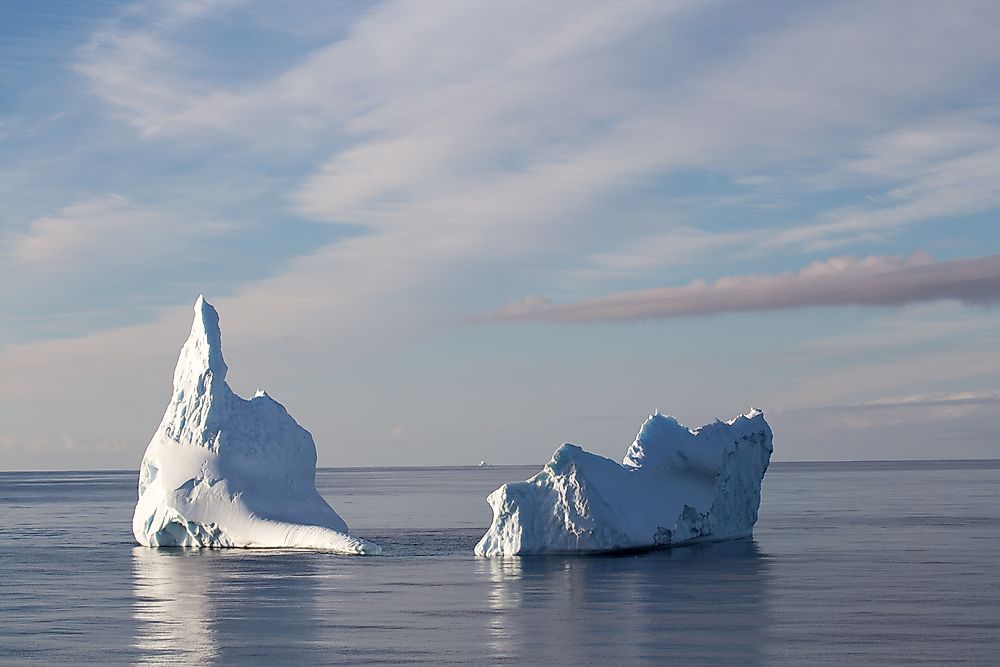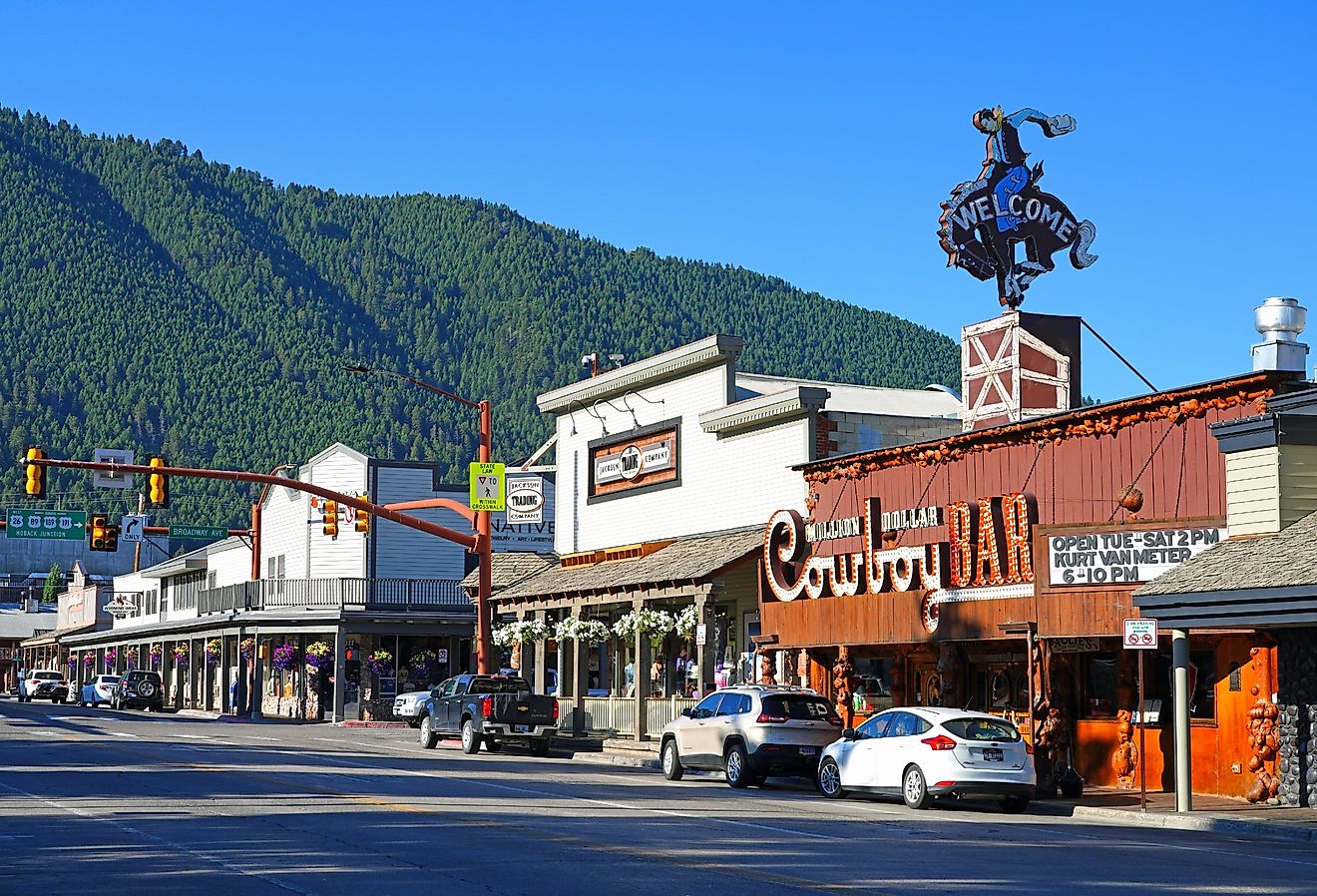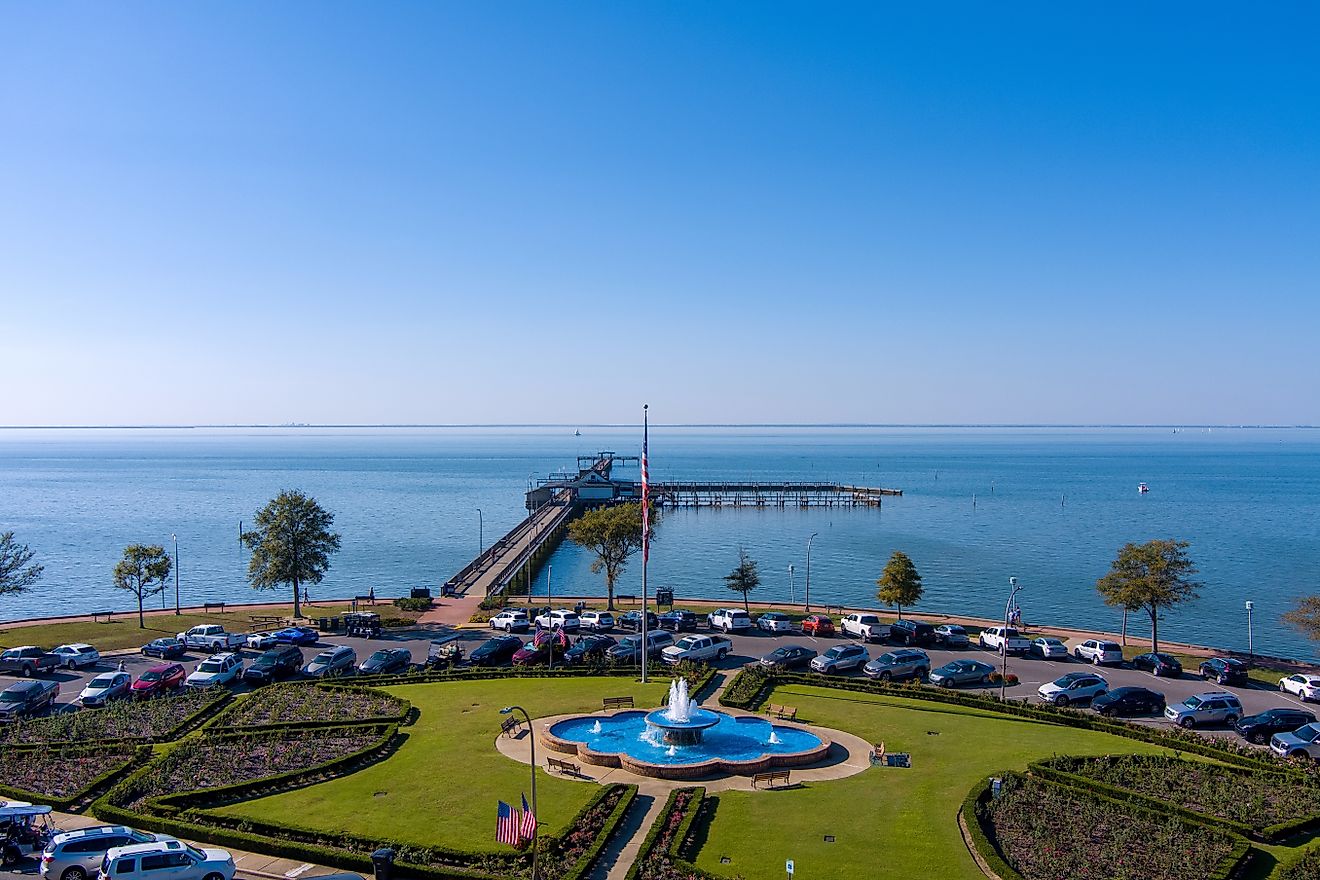Crossing The Drake Passage

The Drake Passage is a violent water body which lies between South America’s Cape Horn and the northernmost South Shetland Islands of Antarctica. It connects the southwestern portion of the Atlantic Ocean to the southeastern portion of the Pacific Ocean. The Drake Passage stretch is 500 miles making it the shortest connection between Antarctica and any landmass. The boundaries between the two oceans lie entirely within the Passage. The passage is also open water for several miles despite its violent conditions. The ships passing through the Passage are a great platform for watching the ocean animals including whales, dolphins, and seabirds.
Overview of the Drake Passage
The passage around Cape Horn was a significant trade route connecting the Pacific and the Atlantic Ocean. It was also the most violent ship passage in the world with sailing ships taking weeks just to round the Horn. The weather in the Drake Passage is unpredictable, chaotic, notorious, and violent. The Drake Passage is infamously rough because the currents at this latitude do not meet any resistance from the landmass. Also, the large volume of water traveling through the Passage, over 500 times the flow of the Amazon River, is responsible for the violent waves. The unpredictability of the Passage means that it can also be calm, making sailing very easy. The violent stretch of turbulent water is frequented by icebergs, huge waves, and plagued by a gale-force wind. The Passage can only be crossed by sailors with a large trepidation with many preferring to use the more sheltered Strait of Magellan.
Brief History and Etymology
The Mar de Hoces, the Spanish name for the Drake Passage, was first sailed in the 1500s by the Spanish marine explorer, Francisco de Hoces. Hoces managed to sail south enough to see the end of the landmass in South America. A few years later a British explorer and a sea captain called Francis Drake lost his ship to a rough southward wind while he was sailing to the west coast. The incident confirmed to Drake the existence of a convergence of the Atlantic and Pacific Oceans. The Drake Passage was subsequently named after the legendary British explorer, Sir Francis Drake. However, the Spanish considered Francis Drake a pirate because he had penchants for capturing ships, so most of Spanish literature refers to the Drake Passage by its original name, Mar de Hoces, after Francisco de Hoces.
Crossing the Drake Passage
The Drake Passage has the potential of causing ship passengers grief or excitement depending on the adaptability of their nerves. Crossing the Passage is a priceless adventure to seasoned travelers who have been everywhere and seen everything. It takes about two days to cross from Ushuaia in Argentina to the Antarctic. The expedition vessels crossing the Passage are nowadays equipped with stabilizers to absorb much of the currents. Passengers crossing the Drake have a chance to witness spectacular wildlife including hourglass dolphin, whales, and migrating seabirds. Several fatalities have been recorded along the Drake Passage including the 1819 San Telmo shipwreck which was damaged by severe weather leading to the death of 644 army officers and seamen who were on board.











